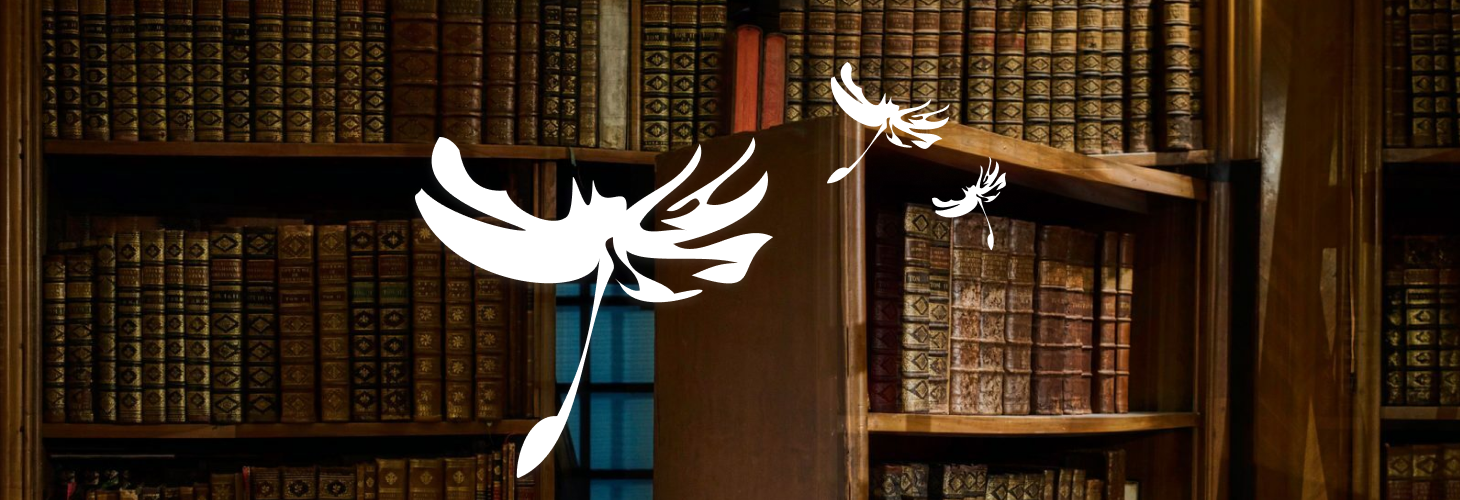German Digital Library –
UX design and interaction concept
The initial situation
The German Digital Library (DDB) has been in the making since 2012. Like other national libraries, it is a visionary and dedicated endeavour to make the cultural heritage of an entire country available digitally in one place.
The process of building the DDB had overtaken its structure and outward appearance. The core task of conception and design was to bring both components into a user-oriented, authentic and future-open harmony.
The task
At the centre of the revision was the desire for updating and user orientation:
- Structure, layout and design were to be brought up to date. A contemporary and easily expandable design system was to be created for the portal - with good connectivity (structurally & design-wise) for the DDB's newspaper portal.
- The approach and guidance of users should be optimised according to the needs and expectations of the central user groups.
- A barrier-free design and good usability should enable users with and without restrictions to have a good user experience.
- The linking of the contents of the DDB is done on the system side through categories and tags, and on the editorial side through formats in which the DDB assumes a moderator or curator function.
- The moderation by the editorial staff is used as an opportunity to give this enormous cultural database some human personality, to play off its own professional qualities and thus to differentiate the DDB more strongly from pure search engines. Curation and narration make connections visible that invite discovery and in-depth study and - in addition to the sheer quantity of objects and digitised material - can contribute to the "luminosity" of the DDB.
Design
- Since the requirements for the new design of the DDB were still quite imprecise in the briefing, a workshop was first held to work out how the DDB would like to be perceived, what impression, what values, what self-image the design should convey.
- Based on an impulse SWOT analysis, strengths, weaknesses, opportunities and threats were worked out and compared with competing offers by means of a matrix with the most important design elements in order to determine the design positioning of the DDB in this environment.
- Based on the results of the requirements phase for the design, three design approaches with different focal points were drafted—initially as "Style tiles", after initial coordination based on three striking example pages.
- The favoured approach was further developed in the spirit of Atomic Design and according to the requirements of accessibility.
- This modular approach - which could be translated directly into the CSS of the project in the frontend implementation—seemed favourable to us in order to be able to easily integrate possible later findings and requirements into the design system of the DDB.
- The graphic concept of the DDB emphasises on the one hand the openness for the very different users, and on the other hand the loosely cohesive framework for the offering institutions, their collections and objects.
- The red as the "brand colour" is used as an interaction colour and to be a prominent stage surface for all the objects contained in the library.
Further Projects:
Steckbrief
- URL: https://www.deutsche-digitale-bibliothek.de/en
- Kunde: German Digital Library
- Branche: Kultur
- Leistungen: Beratung, UX-Konzeption und Design








